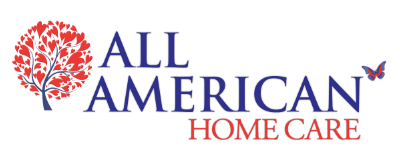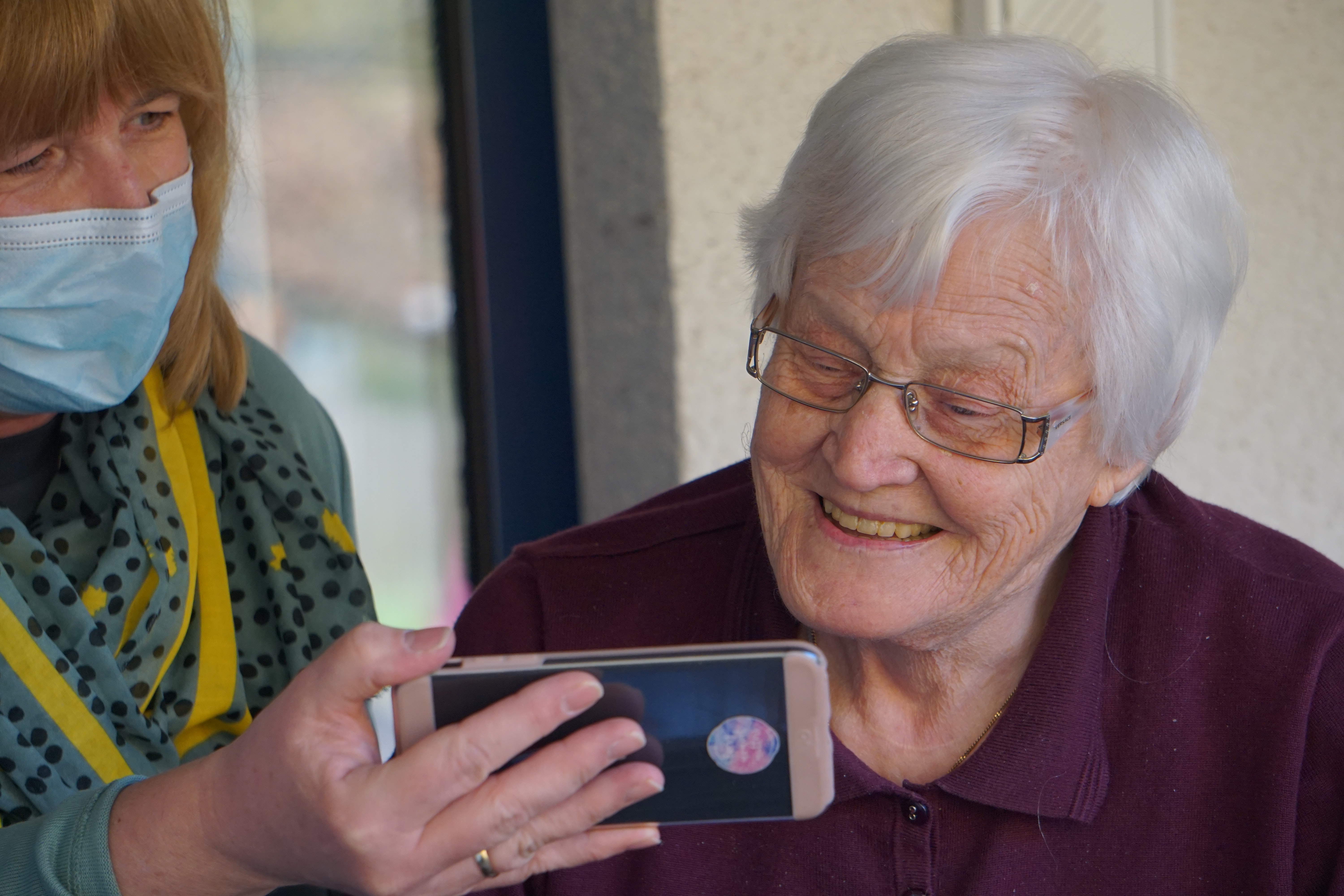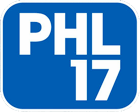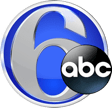
Best Exercises After a Stroke
December 23 2019
Best Stroke Recovery Exercises
Stroke, regardless of its form, is a serious disease. After a stroke, the performance of various parts of the brain often becomes impaired. This means that a person is unable to carry out the usual everyday activities themselves. But a stroke is not a life sentence. In most cases, it is possible to restore lost brain function fully or partially. And the rehabilitation program can be done at home.
Treatment
At first, treatment can be carried out only in a hospital. However, after the patient’s condition stabilizes, and his life is no longer in danger, he will be discharged. And further treatment should be carried out at home but under the supervision of a neurologist.
The following methods are used in the treatment of stroke:
- taking medications
- psychotherapy
- proper organization of the patient’s life
- physiotherapeutic procedure
- diet
- rehabilitation exercises
Treatment in the post-stroke period is also aimed at reducing the likelihood of recurrence of the disease. It is no secret that many of the people who have suffered a stroke during the first and second years after this event relapse. The probability of this event is approximately 10%. And repeated strokes can often be fatal.
The recovery period is divided into three stages:
- early – up to 6 months
- late – 6-12 months
- residual – more than a year
Rehabilitation after Stroke at Home
The recovery strategy depends largely on how badly the brain is affected and on the General condition of the patient. As a result of a stroke, the following may be disturbed:
- memory
- speech
- the ability to move (up to full paralysis)
- higher mental functions
- vision and hearing
- functions of the vestibular apparatus
Depending on the circumstance, a strategy of treatment and rehabilitation is developed. The minimum program involves teaching the patient self-service skills, communication, movement, speech, and intellectual skills. Only then can you think about the restoration of professional skills.
The earlier the rehabilitation program is started, the higher the chances of its success. Recovery, if possible, should be started in the hospital. Lost time can have a negative impact on the potential for improving human health.
Home rehabilitation is a complex process, all aspects of which are difficult to take into account. Therefore, it should be carried out under the supervision of a neurologist specialist. Of course, a certain control of the patient’s condition can be carried out by himself or by people close to him. So, in patients suffering from hypertension, it is necessary to measure their level of blood pressure all the time, diabetes – blood sugar, atherosclerosis – cholesterol in the blood.
If the goals were set realistically and the program to achieve them was carefully followed, then in most cases, it ends with success. Although, much here depends on the severity of the initial state.
Restoration of Motor Functions
More than 90% of stroke patients have paralysis or paresis of various parts of the body. The restoration of motor functions is one of the main objectives of rehabilitation. It primarily affects the extremities – legs and arms.
The inability to control the muscles of the legs leads to a person loses the ability to walk, in the muscles of the hands, it leads to the inability to manipulate various objects. Since the hands perform more complex movements, the restoration of their functions often takes longer and is much harder. Both limbs on either side of the body are often affected.
The nerve functions lost as a result of a stroke will not be restored by themselves; long training is necessary. For this purpose, it is necessary to perform prescribed complexes of physical therapy. They help to restore the functionality of those parts of the body, control of which was partially lost with regards to walking, hand movements, and fine motor skill movement of the fingers. Of course, stroke exercises should not be exhausting.
After all, stress can lead to deterioration. If an exercise causes pain, you should reduce the load. Before performing complex exercises, it is necessary to prepare the muscles with massage or rubbing. It should also be remembered that the main purpose of physical therapy is not to increase muscle tone, but rather to reduce it since, after a stroke, muscle hypertonicity is usually observed. Gymnastics should last no more than an hour. In a day usually, not more than two occupational therapies are conducted.
Memory Recovery
No less and perhaps more complex is the process of restoring speech and memory. After all, a person due to the consequences of a stroke not only loses his professional skills, and the ability to navigate modern life, but may not even recognize people. Therefore, it is necessary to be patient. Only a benevolent attitude toward the patient can change the situation.
Such post-stroke exercises as memorizing words, numbers, and objects depicted in pictures can help. Memory board games are helping the memory to continue to develop. You can remember those events that took place during the day with the patient.
The process of restoring memory and speech can sometimes take much longer than the process of restoring motor skills and motor functions. The best option is to get assistance from a speech therapist and psychologist or to use the help of All American Home Care.
Methods of Speech Recovery
The ability to understand language and speech is one of the most important functions of the human psyche. Without this ability, a person will feel inferior, and his social adaptation will be complicated. Unfortunately, if the stroke affects the speech center of the brain in the left hemisphere, the full restoration of speech functions may not occur. Also, when this area of the cortex is affected, mathematical abilities are impaired.
However, is not necessary to lose hope, even if no progress in the treatment of this condition is observed at first. After all, there are cases when the speech returns to the patient spontaneously. Here, the help of a speech therapist will be useful. In some cases, it is possible to teach the patient the sign language.
The person is recommended to listen to words, speech, and sounds constantly. Without this, gaining the ability to understand speech and speak again is impossible. The work of speech restoration should also be done gradually, step by step. First, the patient must learn to pronounce individual sounds and syllables, and then – words and sentences. Sometimes, listening to songs and singing on their own may help. Also, these can be useful exercises to develop the facial muscles further:
- curling lips into a tube
- opening and closing the mouth
- tightening the corners of the lips in the form of a smile
- licking lips with tongue
- biting lips with teeth
Physical Therapy And Massage
Physiotherapeutic procedures used in the rehabilitation period:
- massage
- magneto therapy
- laser therapy
- manual therapy
- electrical stimulation of affected muscles and limbs
The most common method of treatment in post-stroke rehabilitation is a massage – an effective tool that does not require expensive equipment and helps to relieve muscle tension and restore normal blood flow.
Caring For A Bedridden Patient
What can be done if a person, as a result of a stroke, is completely or partially paralyzed and cannot walk? In this case, he needs to be equipped with a special bed. It should be placed in the center of the room so that it could be accessed from at least three sides. The bed should be wide (at least 120 cm), and the mattress-hard. Also, it is desirable to install a special handrail over the bed so that the patient can grab it.
It also requires a certain alteration of the toilet and bathroom. Also, special handrails can be installed, so that a person with limited mobility can grab them.
Caring for a bedridden patient is one of the most difficult tasks for loved ones. It is necessary to ensure that the body does not form bedsores because they lead to the development of infectious diseases. There is also a risk of pneumonia due to congestion in the lungs.
To prevent this, it is necessary to turn the person on his side every two to three hours. Changing the position of the body also helps to improve blood circulation in the limbs. In order to avoid skin diseases, it is necessary to use special creams and ointments.
Bed linens should be changed regularly, as it becomes dirty and should not be allowed to moisten. If the patient has problems with urination and defecation, these can be solved with the use of catheters and enemas.
Devices for People Affected by Stroke
For non-walking patients with paralyzed lower limbs, a wheelchair may be required. If motor functions are impaired only partially, then crutches, walkers, or canes can help in recovery. To restore motor skills and motor functions of the muscles of the hands, the following can be useful: beads, expanders, rubber rings, gymnastic sticks, and light dumbbells.
Therapeutic Exercises
The most important method used to restore motor functions – physical therapy. It not only allows you to restore the lost ability to control the muscles but also improves microcirculation in the tissues and helps to reduce muscle hypertonicity. When performing physical therapy complexes, it’s necessary to have someone near the patient, who will monitor his condition, and protect him/her from injuries and falls.
Various stroke rehab exercises can be performed not only to restore the capabilities of the limbs but also immobilized by the paralysis of the facial muscles, eyeballs, etc. At first, if the person is not able to handle movement, the so-called passive therapeutic exercises, when the instructor who is assisting the patient, uses themselves to help the patient perform the motion with his hands or feet. And gradually, as the physical therapist helps them, the patient is able to move forward with independent actions.
For successful recovery of lost functions, it is necessary to go from simple to complex stroke recovery exercises. Initially, the patient should learn to sit on the bed, then-to get up, and then to walk.
Do not forget about the development of the motor skills of the hands and fingers. The best exercises for the arms and hands after a stroke are assembling puzzles, sorting beads, folding cards, playing board games, tying shoelaces, and picking up a number of small objects from the floor. Many of these exercises also help to relieve nervous tension and restore memory skills.
Every day the therapist should gradually increase the time of exercise. Learning to walk requires a special fixture – walkers. A typical physical therapy routine consists of:
- Simple extension and flexion of fingers and hands, forearms and elbows, feet and knees, limb movements in the shoulder and hip joints.
- Rotational movements of the specified segments. Performed with the help of those who care for the sick. They should mimic the movements that a healthy person is able to perform.
- A towel is hung over the bed. The following exercise can be performed by persons with restored hand function. To do this, the patient grasps the towel and produces all possible movements (abduction and reduction, raising-lowering the shoulder, bending-extension in the elbow). Gradually the towel is raised higher, and the exercise is hampered by the patient’s own weight
- From strips of rubber of average thickness and width, it is necessary to make a ring with a diameter of 40 cm. With this device, you can perform a large number of exercises. It is placed between the hands, forearms, arm, and leg, hand, and any other object. Thus stretch the elastic band by the cultivation of its ends from each other.
- To eliminate muscle spasm of the lower limb in the popliteal area, place a rigid roller is there; the thickness of which gradually increases. In this way, the muscles are stretched, and the number of movements is increased.
Leg exercises for stroke patients
- Encompass the shins above the ankle joint with further flexion-extension of the legs in the knee joints by sliding the feet on the bed.
- Lying in bed, you need to gently raise your hands above your head and try to grab its back. After that, incomplete pull-ups are performed with simultaneous stretching of the feet.
Exercises for the eyes
- Do eye movements in different directions, several times. Move the eyes in a circular way. Repeat the procedure with the eyelids closed.
- Fix your gaze on one point with subsequent rotational, nodding, and circular movements of the head without breaking away from this initial point.
Exercises in a standing position
The main goal is to restore fine movements for maximum elimination of neurological disorders. Typical examples look like this:
- Lifting a matchbox off the floor or table. Works out subtle, purposeful movements
- Starting position-standing with lowered arms. Take a breath and raise hands upwards over the head, at the same time stretching and raising the fingers. On the exhale, relax, bending the body downward and dropping. Repeat several times.
- Flexion-extension of the hand into a fist with the help of an expander with simultaneous withdrawal of the hands from the body.
- In the standing position, feet shoulder-width apart, hands are placed on the belt. Produced torso tilts right-left, forward-backward.
- From the previous starting position, perform the scissors exercise, alternately moving the crossed arms extended in front of you to the opposite side.
- Squats from the starting standing position with the feet connected. During the exercise, it is necessary to keep your back as straight as possible and hold your heels on the floor.
Exercises for Sedentary Patients
If the patient is able to sit up on his own in bed, the set of exercises for stroke patients can be extended. One of the purposes of such exercises is to prepare for the restoration of walking skills. Exercises can consist of lifting the legs, arching the back, and head movements.
They are aimed at restoring purposeful movements of the hands, strengthening the back, and preparing the legs for walking. Their technique is:
-
- The patient is transferred to a sitting position, grabs the edges of the bed with his hands. On the inhale, the flexion in the back is made with the simultaneous stretching of the trunk in a state of tension. Relax on an exhale. The cycle consists of eight to ten repetitions.
- The initial position is sitting on a bed; your feet should be on the level of your body. Alternately raise and lower the left and then the right leg several times.
- The starting position is sitting in bed. Hands are drawn back. The inhale produces the closest approach of the shoulder-blades to each other, while simultaneously tilting the head back. Relax on an exhale.
A stroke is a very complex disease, so when participating in the rehabilitation of the patient, you need to be patient and show maximum understanding. It is not necessary to correct errors and specify defects. On the contrary, the slightest success must be noticed and encouraged. After all, only together can you succeed.





